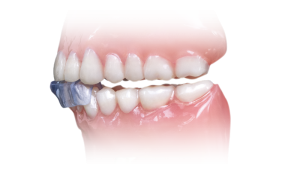
These days there is much debate between the right and the left, so much fighting among various groups about an ever-growing range of topics.
Sometimes these divides are simply due to a lack of information. This is the situation when it comes to determining which arch to select for an NTI-tss Plus case.
You might be thinking, “The upper arch is always the default.” It isn’t (although it once was).
The lower arch is the default arch for NTI use.
 Here’s why: One of the core tenets of the NTI therapeutic protocol is that posterior teeth and canines must be discluded in a centric clench and all excursive movements. Because the lower is typically the narrower of the two arches, it is easier for a patient wearing an upper NTI to potentially touch a canine than it is for a someone in a lower NTI to contact 6 or 11.
Here’s why: One of the core tenets of the NTI therapeutic protocol is that posterior teeth and canines must be discluded in a centric clench and all excursive movements. Because the lower is typically the narrower of the two arches, it is easier for a patient wearing an upper NTI to potentially touch a canine than it is for a someone in a lower NTI to contact 6 or 11.
A review of thousands of NTI-tss Plus cases at a certified NTI-tss Plus lab showed that approximately 65% of the NTI cases were made on the mandible. What about the other 1/3? Here are indications for each arch.

When to Use the Maxillary/Upper NTI-tss Plus?
Any one of the following presentations are indications for an upper NTI-tss Plus:
Why Use a Mandibular/Lower NTI-tss Plus?
Use your brain, but don’t overthink this.
Distilling it to the bare essence – the lower NTI is the default because it’s unlikely canine contact will occur.
If your patient has a deep bite or lots of overjet, prescribe an upper.
And if you’re really unsure, prescribe the dual-arch NTI OmniSplint. More on that next…